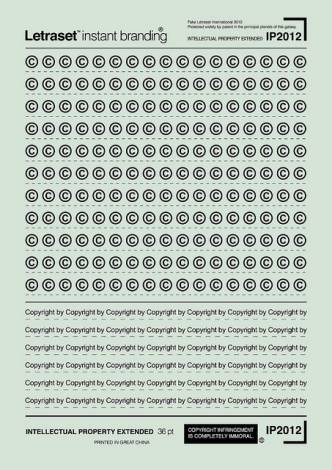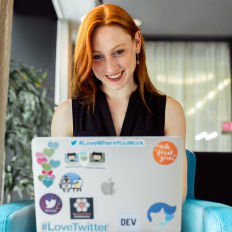Copyright law is there to protect the intellectual property of the creator. You don’t, in most countries, need to register copyright. It comes into existence at the moment you create something. In some places, like the United States, there are benefits to rights holders for registering copyright. But what about when you want to use someone else’s work? What do you need to be aware of?

Author/Copyright holder: CHRISTOPHER DOMBRES. Copyright terms and licence: CC BY 2.0
Note: It is worth remembering that this article is based on the United States copyright laws; there may be slight changes in your jurisdiction and if you are uncertain as to the meaning of the local law – you should always seek legal advice from a solicitor in your area.
Fair Use

Author/Copyright holder: Eril J. Heels. Copyright terms and licence: All rights reserved Img source
Copyright law has a provision for “fair use” when you want to use someone else’s work, modify their work, or derive something from their work. Fair use provisions generally apply to educational use, commentary, criticism, reporting, study or research. There are 5 key factors which tend to be weighed up for whether your use of copyright material is fair:
- How the copyright material was used. If it’s used for business purposes (e.g. to make a profit) – you’re not likely to get away with claiming “fair use”. It’s reasonable that if you profit from material that the creator profits from it too. If you use the material for non-profit educational uses – then you are more likely to find that your usage falls within “fair use”.
- The nature of the copyrighted work. In general you are most likely to find that “fair use” will apply to published work, to readily available work and for factual work. It’s less likely to apply to unpublished work (which is reasonable – would you want someone else publishing your designs for free before you did?), for creative work (creativity is a greater endeavour than reporting on facts) and for rare works (using rare work might damage its value in the market).
- The amount of the work that you use. There is no hard and fast guidance on how much is too much. Reprinting an entire story or an entire album of photos is certainly not going to be considered fair use. Reprinting an excerpt or a partial photo might be – you’ll probably want to check with your lawyer before using something.
- The financial impact of the work used. If you are considered to have reduced someone’s revenue or decreased the market value of the product – you may well find that it’s not “fair use”.
- The transformation of a work.This is a recent consideration. For example, is it “fair use” if Google takes your image from your website and turns it into a thumbnail for anyone to see? Yes, at least according to recent rulings it is. But… the exact nature of the transformation is going to dictate whether use is fair and as always it’s best to take legal advice if you’re uncertain before you publish.
Header Image: Author/Copyright holder: Dennis Sklay. Copyright terms and licence: CC BY-ND 2.0












